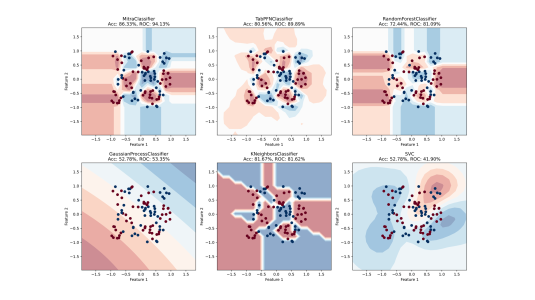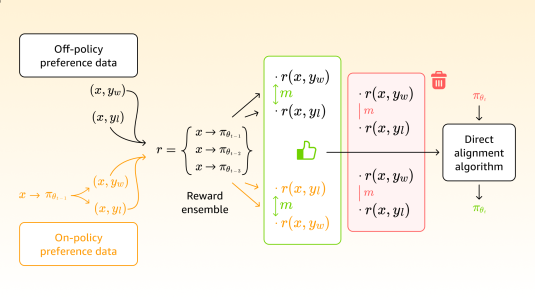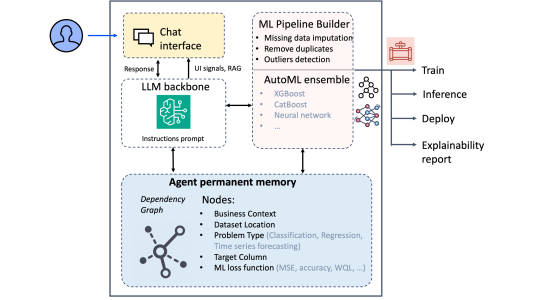Join the next revolution in robotics at Amazon's Frontier AI & Robotics team, where you'll work alongside world-renowned AI pioneers to push the boundaries of what's possible in robotic intelligence. As an Applied Scientist, you'll be at the forefront of developing breakthrough foundation models that enable robots to perceive, understand, and interact with the world in unprecedented ways. You'll drive independent research initiatives in areas such as perception, manipulation, scene understanding, sim2real transfer, multi-modal foundation models, and multi-task learning, designing novel algorithms that bridge the gap between state-of-the-art research and real-world deployment at Amazon scale. In this role, you'll balance innovative technical exploration with practical implementation, collaborating with platform teams to ensure your models and algorithms perform robustly in dynamic real-world environments. You'll have access to Amazon's vast computational resources, enabling you to tackle ambitious problems in areas like very large multi-modal robotic foundation models and efficient, promptable model architectures that can scale across diverse robotic applications. Key job responsibilities - Design and implement novel deep learning architectures that push the boundaries of what robots can understand and accomplish - Drive independent research initiatives in robotics foundation models, focusing on breakthrough approaches in perception, and manipulation, for example open-vocabulary panoptic scene understanding, scaling up multi-modal LLMs, sim2real/real2sim techniques, end-to-end vision-language-action models, efficient model inference, video tokenization - Lead technical projects from conceptualization through deployment, ensuring robust performance in production environments - Collaborate with platform teams to optimize and scale models for real-world applications - Contribute to the team's technical strategy and help shape our approach to next-generation robotics challenges A day in the life - Design and implement novel foundation model architectures, leveraging our extensive compute infrastructure to train and evaluate at scale - Collaborate with our world-class research team to solve complex technical challenges - Lead technical initiatives from conception to deployment, working closely with robotics engineers to integrate your solutions into production systems - Participate in technical discussions and brainstorming sessions with team leaders and fellow scientists - Leverage our massive compute cluster and extensive robotics infrastructure to rapidly prototype and validate new ideas - Transform theoretical insights into practical solutions that can handle the complexities of real-world robotics applications Amazon offers a full range of benefits that support you and eligible family members, including domestic partners and their children. Benefits can vary by location, the number of regularly scheduled hours you work, length of employment, and job status such as seasonal or temporary employment. The benefits that generally apply to regular, full-time employees include: 1. Medical, Dental, and Vision Coverage 2. Maternity and Parental Leave Options 3. Paid Time Off (PTO) 4. 401(k) Plan If you are not sure that every qualification on the list above describes you exactly, we'd still love to hear from you! At Amazon, we value people with unique backgrounds, experiences, and skillsets. If you’re passionate about this role and want to make an impact on a global scale, please apply! About the team At Frontier AI & Robotics, we're not just advancing robotics – we're reimagining it from the ground up. Our team is building the future of intelligent robotics through ground breaking foundation models and end-to-end learned systems. We tackle some of the most challenging problems in AI and robotics, from developing sophisticated perception systems to creating adaptive manipulation strategies that work in complex, real-world scenarios. What sets us apart is our unique combination of ambitious research vision and practical impact. We leverage Amazon's massive computational infrastructure and rich real-world datasets to train and deploy state-of-the-art foundation models. Our work spans the full spectrum of robotics intelligence – from multimodal perception using images, videos, and sensor data, to sophisticated manipulation strategies that can handle diverse real-world scenarios. We're building systems that don't just work in the lab, but scale to meet the demands of Amazon's global operations. Join us if you're excited about pushing the boundaries of what's possible in robotics, working with world-class researchers, and seeing your innovations deployed at unprecedented scale.




















